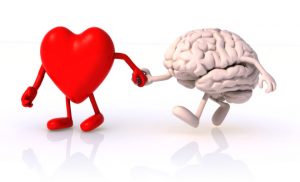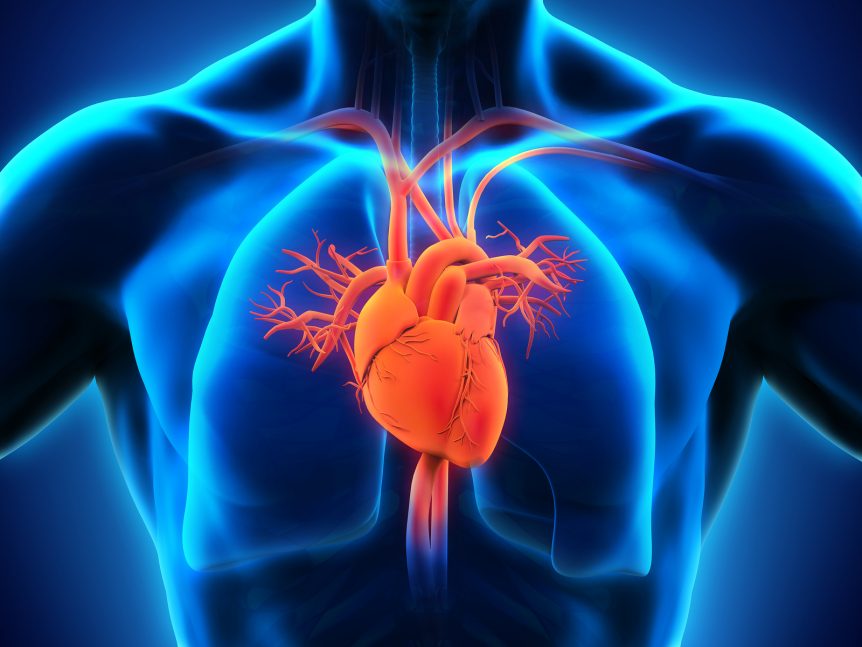Trauma Training Tip
This month, I would like to explore the complex dynamics of shame in trauma physiology. Shame has a profound influence on the Heart in acupuncture and Asian medicine – and the function of the Ventral Vagus nerve in neurobiology. Its function is to create contraction.
You may have never heard someone say that shame has a pro-social component. Shame is actually part of our survival physiology. Its job is to shape behavior to comply with cultural norms. We are pack animals. We need to belong to a group to survive, we need to learn the rules, and shame, when used in a healthy manner, helps teach the rules. A person with no shame has no conscience – he or she is a psychopath.
 Those who live in subsistence economies know this well – if one person takes more than their share of food or fuel, the whole community is compromised. There needs to be harsh repercussions in order to protect the life and well-being of everyone in the community.
Those who live in subsistence economies know this well – if one person takes more than their share of food or fuel, the whole community is compromised. There needs to be harsh repercussions in order to protect the life and well-being of everyone in the community.
It is important to make the distinction between “healthy” shame and “toxic” shame. Healthy shame focuses on a behavior, and has a remedy; for example, “We use a tissue when our nose is full.” Or, “We use words not fists when our friends take our toys, tell Joey what you are feeling.” Healthy shame promotes pro-social behavior, inhibits anti-social behavior, and teaches impulse control.
 Toxic shame focuses on a person, not their behavior, and offers no remedy. Toxic shame has a simple message: “You are bad.” It comes with no opportunity to repair a breach that may have occurred between an individual and their community.
Toxic shame focuses on a person, not their behavior, and offers no remedy. Toxic shame has a simple message: “You are bad.” It comes with no opportunity to repair a breach that may have occurred between an individual and their community.
Shame has a profound impact on the Heart. It has to have this strong impact in order to teach citizens acceptable behavior. It functions to help us overcome self-interest. Perhaps there are 6 children invited to a birthday party, and there are 6 cupcakes. A child who wants 2 cupcakes has to overcome their self-interest in order to be a welcome party-attender.
Toxic shame can get over-coupled to feeling threatened. I can feel so threatened and unsafe that I will have an overwhelming need to contract in order to feel safe – and I will “borrow” shame. Shame creates the necessary state of contraction – and is a better alternative than this level of life threat. “At least I don’t feel like I’m going to die.” Shame becomes a survival or management strategy.
Toxic shame is used as a weapon. Humiliation is toxic shame. It puts the contraction of shame in the wrong place, with the wrong intensity. We feel worse about who we are than what we did or didn’t do. Individual perpetrators and governments install toxic shame as a tool of coercion and control, e.g. “Don’t tell anyone about this or I will tell them what a dirty, bad little girl you are.” Racism, sexism, anti-Semitism, homophobia, etc., create states of contraction rooted in the shame of feeling “toxic” or “wrong” simply by virtue of one’s ancestry or essential nature.
Shame requires a relationship, and a social context to transform it. If we distance ourselves from our patient’s shame with our shame, we collude in its contracting, destructive impact – and create more shame.
Here is one approach to help unlock the grip of toxic shame:
- Invite your client to lie on their back on the treatment table. Place your hand under their kidney – or even better, under the acupuncture point Ming Men or “Gate of Life” at the junction of Lumbar 2 and Lumbar 3 at the waist.
- Invite them to share a memory of pride or self-confidence. Help them find a somatically mindful experience of this memory. Invite their attention to “Tick-Tock” and briefly touch their experience of shame. Help them find a somatically mindful experience of this state. Take their attention back and forth, exploring their embodied awareness of these two states. Help them come to know themselves from the inside — and find an experience of self-confidence, pride, and the fullness of their own being alongside the contraction of toxic shame.
By going between these two states, the grip of toxic shame will loosen and they will find their way back to the fullness of their heart and their unique place in their family and our community.
Alaine’s Two Cents
Oprah Winfrey and Brene Brown discussing toxic shame.
They make such a clear case for the repair of shame occurring in the context of relationship – ‘Share your shame with a friend, let them shine the light of empathy on it, and it cannot grow.’
https://www.youtube.com/watch?v=GEBjNv5M784
Check This Out
There’s a Somatic Experiencing Training Cohort beginning in February, 2020 at Crossings Healing and Wellness in Silver Spring.
Somatic Experiencing is the premier modality for working with trauma survivors. It provides clinicians a rich exploration of approaches to transform traumatic stress. Here’s a link with info on both on-line and in-person opportunities to learn about the program.
Clinical Curiosity
Where is your clinical curiosity carrying you?
Send me a question or two and I will explore them with readers in this corner next month.
Q. I’m a clinical social worker. I have heard you talk about the Heart as the Supreme Controller – please say more.
A. I would be delighted to!
 The Taoist sages that gave us the foundation of acupuncture theory looked to the body as a kingdom. Each of the 12 primary organs played a role in the function of the body as if it were a kingdom. The Heart sits in the center and provides a regular and steady rhythm to support the function of all the other organs. It is known as the Supreme Controller.
The Taoist sages that gave us the foundation of acupuncture theory looked to the body as a kingdom. Each of the 12 primary organs played a role in the function of the body as if it were a kingdom. The Heart sits in the center and provides a regular and steady rhythm to support the function of all the other organs. It is known as the Supreme Controller.
Our Heart communicates to the kingdom of the body with the rhythm of its heart beat. The whole kingdom of the body is called into action when the Heart tells us something is amiss by beating fast or irregularly.
An important aspect for understanding the Heart, particularly in terms of your work as a clinical social worker, is that it houses the most etheric of all substances – the Heart spirit or the Shen. Shen is somewhat inadequately translated as the “mind.” It gives us a sense of consciousness and awareness of our place in relationship to our community and world.
Interestingly, the character for Heart and the one for mind are identical. They understood what we also understand, when we are disturbed in our Heart, our mind is affected, and when we are disturbed in our mind, our Heart is similarly affected.
The Shen also governs the aspect of spirit that is present in each of the primary organs. Thus, it oversees the Kidney’s will, the Liver’s spiritual soul, the Heart’s mind, the Spleen’s thought, and the Lung’s animal soul.
An integrative view of the Supreme Controller is informed by the function of the Ventral Vagus Nerve. When our Ventral Vagus is healthy and balanced, we have an increased capacity for relationship-based resolution of conflict. We are able to experience low level arousal without initiating stress chemistry. We can run up the stairs without having a panic attack – or enjoy sexual arousal without feeling threatened.
Your question is a great window into how Asian Medicine can inform nuances of understanding the body and also inform our understanding of the mind and the spirit.
Thank you for your thoughtful question!
Would you like to host a book signing or discussion event for The Tao of Trauma?
Send me an email at alaine.duncan@integrativehealingworks.net.

